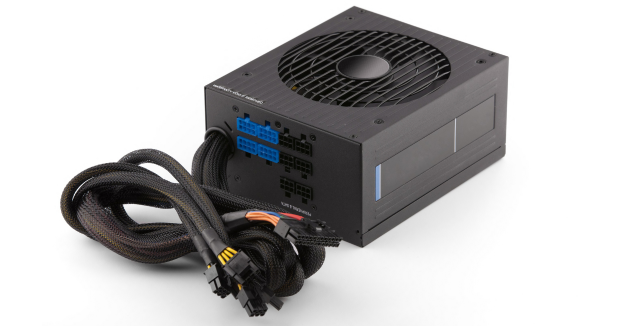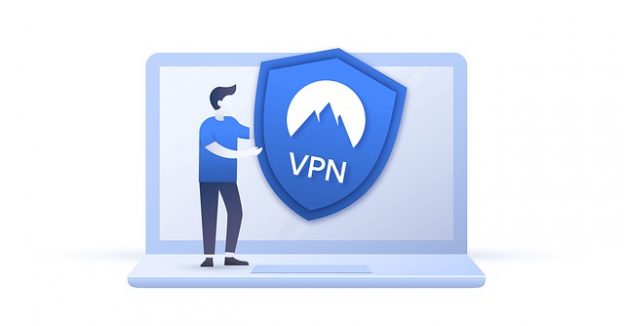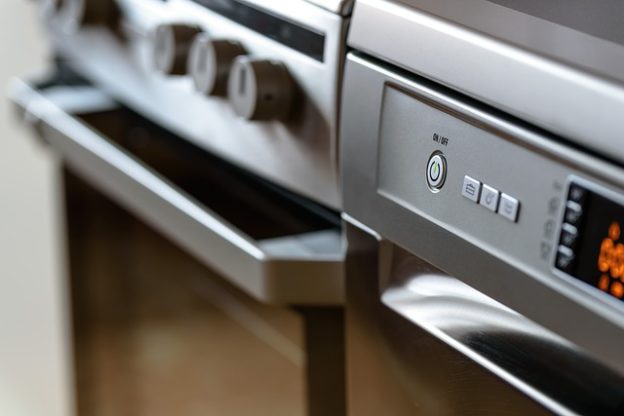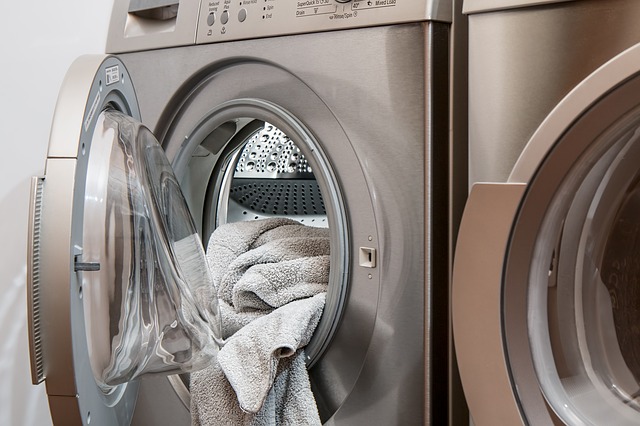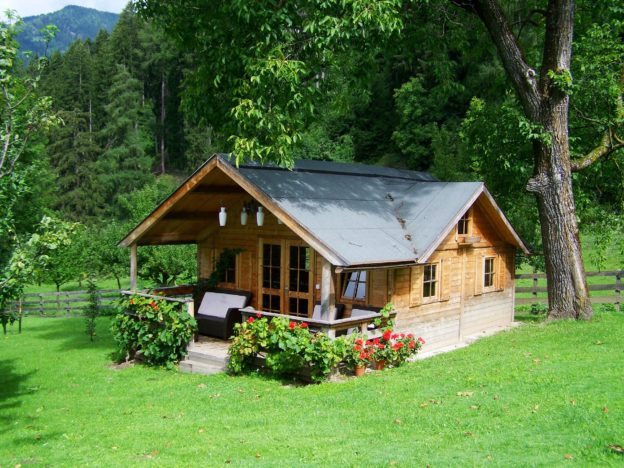Hello there! Today we’re going to answer the age-old question: how long do power supplies typically last? I suppose the question is only as old as computers have been around, but you get the idea. Well, the short answer is that it depends on a variety of factors including what you do with the computer, what the climate is like where you live, and who made your power supply unit. Generally you should get at least a few years out of any well-made power supply unit. Luckily with a coupon for 10% off, they aren’t expensive even when they do need to be replaced.
I thought it would be helpful to first understand what exactly a power supply does. The power supply is responsible for converting the AC power from your wall outlet into the DC power that your computer needs to operate. Without a power supply your computer simply won’t work at all. It’s a critical component of your system that needs to function properly.
A major factor that contributes to the lifespan of a power supply is how it’s used. If a computer is used for long periods of time or is subjected to heavy usage (such as running demanding applications like graphics editing software or playing games), the power supply may wear out more quickly than if it’s only used occasionally for basic tasks like looking up recipes and cat pictures. In general, a power supply is designed to last around 100,000 hours of use, but this can vary greatly depending on the quality of the components used in its construction.
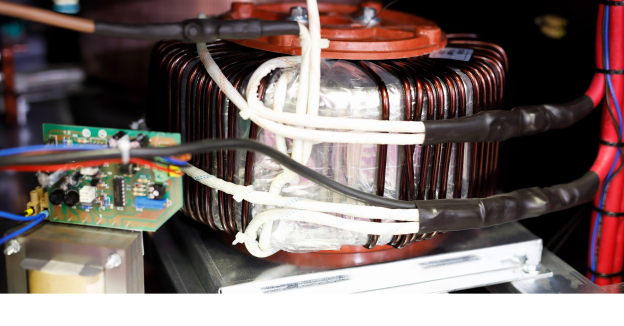
Something else to consider is the environment in which the computer is used. For example, if you live in a hot & humid climate the power supply may not last as long as it would in a cooler and drier environment. Higher temperatures and humidity can cause components to degrade more quickly. Even in a cool & dry climate, if the computer is used in an area with a lot of dust or other particles in the air the build up may cause the power supply to wear out faster.
Brand and manufacturer are also important to think about. Not all power supplies are created equal, and some brands and manufacturers produce more reliable products than others. It’s always a good idea to do some research and read reviews from other users to get an idea of which brands and models of power supplies are the most reliable and which ones people haven’t had such good experiences with. Some of the most well-known and respected power supply brands include Corsair, EVGA, and Seasonic.
You should also keep in mind that not all power supplies are interchangeable. Different computers require different wattages and voltages so it’s important to double check that the power supply you have is compatible with your computer. Some high-end computers even require specialized power supplies with features like modular cabling or high efficiency ratings. If you’re not sure what type of power supply your computer requires you can consult the manufacturer’s specifications or seek the advice of a qualified technician.
Las but not least, it’s worth noting that power supplies can fail for a variety of reasons even if they’re relatively new or of high quality. The most common reasons for sudden power supply failure are power surges, electrical storms, and component defects. In some cases a power supply may simply stop working for no apparent reason. If you suspect that your power supply has failed you should get it checked by a professional to avoid potential damage to other components in your system.
While power supplies are generally designed to last for a long time, it’s important to keep an eye on their performance and replace them if they begin to show signs of wear or failure. With some care and maintenance your computer’s power supply should last for many years.

